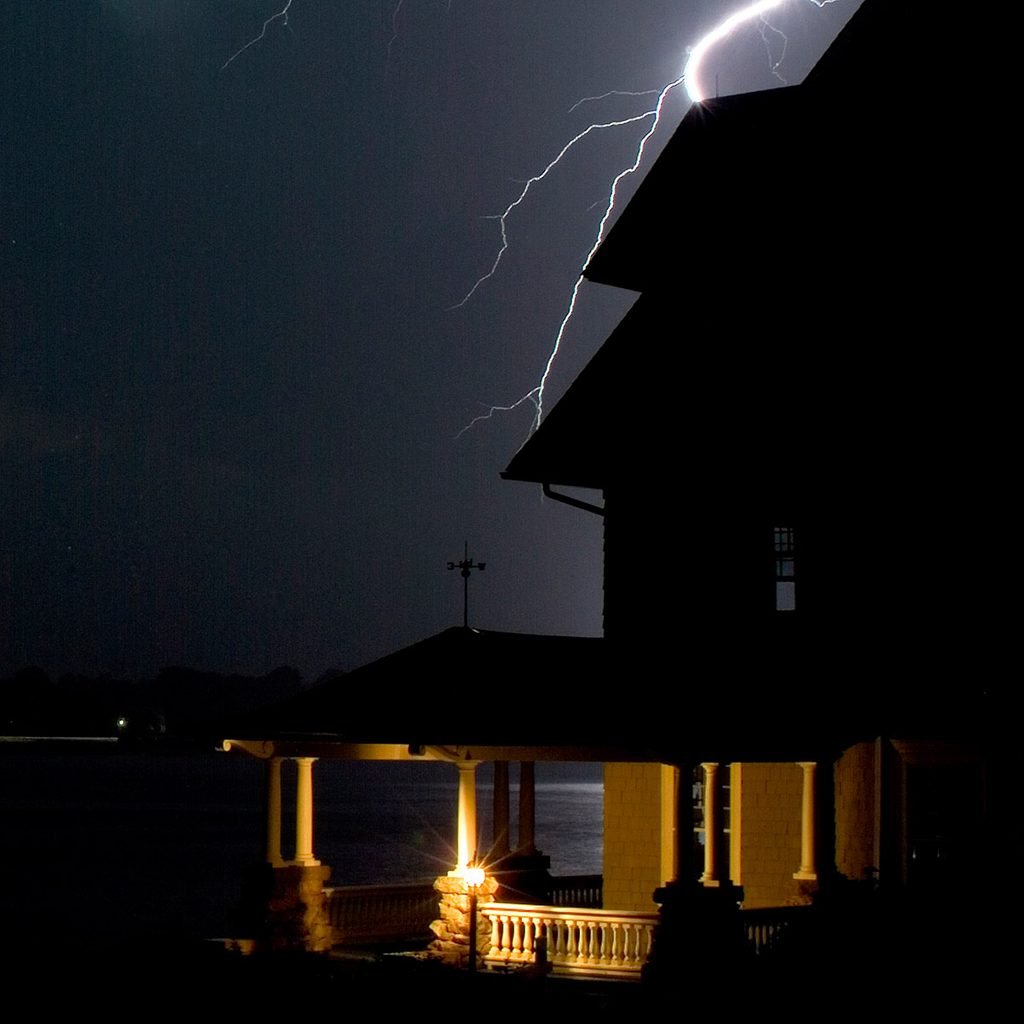Make Your Own Survival Kits for Severe Weather Emergencies
Updated: Jan. 21, 2024

Every family should have a Storm Readiness Kit. Here are suggestions for how to make three kits: basic, upgraded and ultimate. Make sure all family members know where the kit is stored.
Our editors and experts handpick every product we feature. We may earn a commission from your purchases.
It’s never too early to prepare your family and your home for hurricanes, severe weather or natural disasters. Use this how-to guide to help you prepare storm kits ranging from 48 hours to 1 week or more without electricity. Every family should have a storm readiness kit.
On This Page
The Basic Kit: 48 Hours
This storm kit will get your family through 48 hours without electricity and basic services and help you deal with storm-related emergencies. Include all of these items in the basic kit:
- Plastic container with a tight-fitting lid or a waterproof duffel bag This will hold your kit.
- General First Aid Kit Bandages, antiseptic wipes, aspirin and non- aspirin pain relievers, gauze, small scissors, antacid, laxatives, anti-diarrhea medication. Many preassembled kits are available at Lowes.
- Large tarp
- Rope or tarp tie-downs
- Flashlights One per family member is best, plus extra batteries.
- Battery-operated radio and extra batteries
- Plastic garbage bags
- Extra propane for gas grill or other cooking device
- Roll of plastic sheeting
- Light sticks
- Blankets One per family member. Sleeping bags are a good alternative.
- Whistles One per family member, to help locate each other.
- Important papers A copy of your insurance policies, health insurance cards, your IDs, government benefit eligibility documents, etc.
- Cash Include small bills.
- Adapter for car cigarette lighter to recharge cell phone
- Map showing shelter locations
- Personal items Toilet tissue, toothbrushes, toothpaste and denture needs, feminine hygiene items, paper towels, hand wipes. If you have a baby in the house, include a supply of diapers, wipes, formula, and any other special needs.
- Paper and pencils
- Non-electric can opener
- Food Two days worth of packaged meats, fruit and vegetables, canned or bottled juice, energy/high- protein bars. Baby food and pet food, if necessary. Check dates and replace expired items every six months.
- Have a three-day supply of water.
- Allow one gallon per person per day. If you have been warned of severe weather and have sufficient time, fill sinks, tubs and buckets with water. This water can be used for hygiene and the water in your kit can be saved for consumption. Ceramic water filters or purification tablets, such as those used by campers, are also great for emergency water purification. Replace water supply every 12 months.
- Prescription medications and other medical needs.
While you’re at it, also check when is hurricane season. Know when the season starts and ends so you aren’t caught off guard.
The Upgraded Kit: 3-4 Days
If you’d like to feel more comfortable about your ability to survive a severe storm and you have the resources, consider an upgrade of the basic storm kit. The upgraded kit will help you through three to four days without electricity and other services. Include all of the items in the basic kit plus add the following items:
- Pliers or Multi-tool
- Duct tape and scissors
- Work gloves
- Safety glasses
- Water jugs For additional drinking/hygiene water.
- Wrench if needed to shut off water or gas
- Blankets. At least one per family member.
- Whistles
- Important papers
- Cash
- Adapter for car cigarette lighter to recharge cell phone
- Map showing shelter locations
- Personal itemsPaper and pencils
- Non-electric can opener
- Food
- Water
- Prescription medications and other medical needs
- Clothing
- At least one complete change of clothes per family member. Remember to keep current with the temperature conditions.
- Additional Toiletries
- Shampoo, soap, razors, vitamins, contact lens supplies, sun block and insect repellent.
- Rain gear. Enough for at least one family member.
- Books and games. For children and adults.
- Additional food. For two additional days.
- Additional water. For two additional days.
The Ultimate Kit: 1 Week or More
If you live in a remote area, care for an elderly or physically challenged child or adult, or if you simply want maximum preparedness, this is the kit for you. It will help you through one week without electricity and basic services, or through catastrophic conditions. Include all items in both the basic and upgraded kits plus add the following:
- Fire extinguisher
- Paper cups, plates and plasticware
- Dust masks. One per person.
- Additional tarp and rope
- Disinfectant (bleach)
- Ceramic water filter or water purifying chemicals
- Pillows, earplugs and eye covers that may help you sleep
- Matches in waterproof container
- Portable air cleaner with HEPA filter
- Signal flare
Information for this post was made in collaboration with Lowes for a severe weather guide.